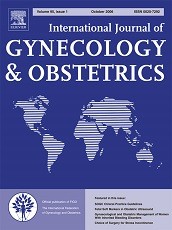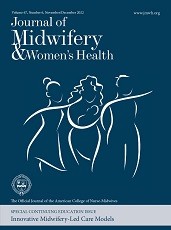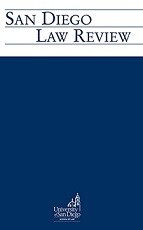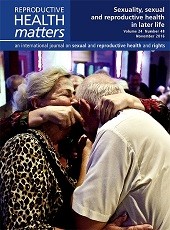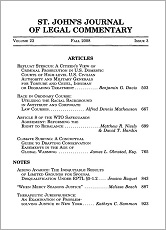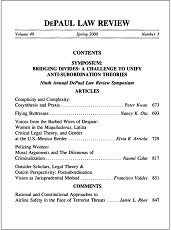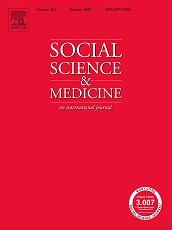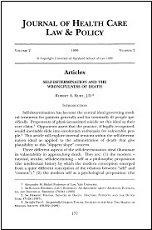Kenneth A Rasinski, John D Yoon, Youssef G Kalad, Farr A Curlin
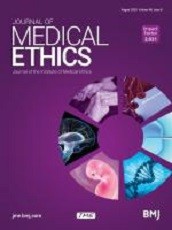
Abstract
Background and objectives: Conscientious refusal of abortion has been discussed widely by medical ethicists but little information on practitioners’ opinions exists. The American College of Obstetricians and Gynecologists (ACOG) issued recommendations about conscientious refusal. We used a vignette experiment to examine obstetrician-gynecologists’ (OB/GYN) support for the recommendations.
Design: A national survey of OB/GYN physicians contained a vignette experiment in which an OB/GYN doctor refused a requested elective abortion. The vignette varied two issues recently addressed by the ACOG ethics committee–whether the doctor referred and whether the doctor disclosed their objection to the abortion.
Participants and setting: 1800 OB/GYN randomly selected physicians were asked to complete a mail survey containing the vignette. The response rate was 66% (n=1154) after excluding 40 ineligible cases.
Measurement: Physicians indicated their approval for the vignette doctor’s decision.
Main results: Overall, 43% of OB/GYN physicians responded that the conscientious refusal exercised by the vignette physician was appropriate. 70% rated the vignette doctor as acting appropriately when a referral was made. This dropped to 51% when the doctor disclosed objections to the patient, and to 12% when the doctor disclosed objections and refused to make a referral. Consistent with previous research, males were more likely to support disclosure and refusal to refer. Highly religious physicians supported non-referral but not disclosure.
Conclusion: OB/GYN physicians are less likely to support conscientious refusal of abortion if physicians disclose their objections to patients. This is at odds with ACOG recommendations and with some models of the doctor-patient relationship.
Rasinski KA, Yoon JD, Kalad YG, Curlin FA. Obstetrician-gynecologists’ opinions about conscientious refusal of a request for abortion: results from a national vignette experiment. J Med Ethics. 2011;37(12):711-714.
